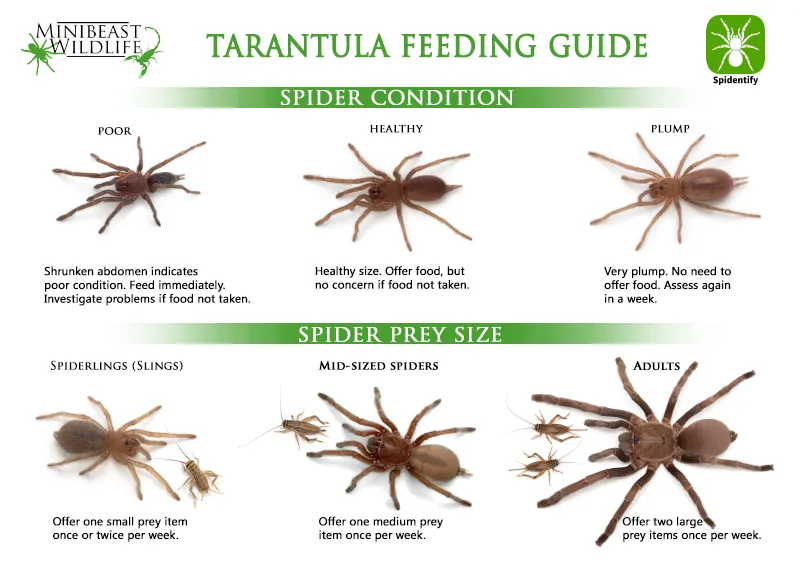What Do Tarantulas Eat?
Tarantulas, captivating creatures of the arachnid world, have a fascinating diet that fuels their growth and vitality. Understanding what these eight-legged hunters consume is key to appreciating their role in various ecosystems and providing proper care if you happen to be a tarantula enthusiast or owner. The dietary habits of tarantulas are diverse, varying based on their species, size, and the environment in which they live. Predominantly, they are carnivores, relying heavily on protein-rich sources to meet their nutritional requirements. Their diet is not only crucial for their survival, but also shapes their behavior and influences their overall health. This article will delve into the specifics of what tarantulas eat, covering the main components of their diet, how it changes across different species, and what you need to know to keep your tarantula thriving.
Insects The Staple Diet
Insects form the cornerstone of a tarantula’s diet, acting as the primary source of sustenance. These invertebrates are readily available in most environments inhabited by tarantulas, making them an accessible and convenient food source. Insects provide essential nutrients, including protein, which is vital for growth, molting, and overall development. The size and type of insects consumed often depend on the size of the tarantula itself; smaller tarantulas typically eat smaller insects, while larger tarantulas can take down larger prey. Insect consumption also plays a role in the tarantula’s hydration; insects have a significant water content that contributes to the tarantula’s fluid intake. Offering a variety of insects can ensure a balanced intake of nutrients, contributing to the tarantula’s overall health and longevity. The insects consumed can also vary by region, with different species of crickets, mealworms, roaches, and other insects being common staples in tarantula diets.
Types of Insects Tarantulas Consume
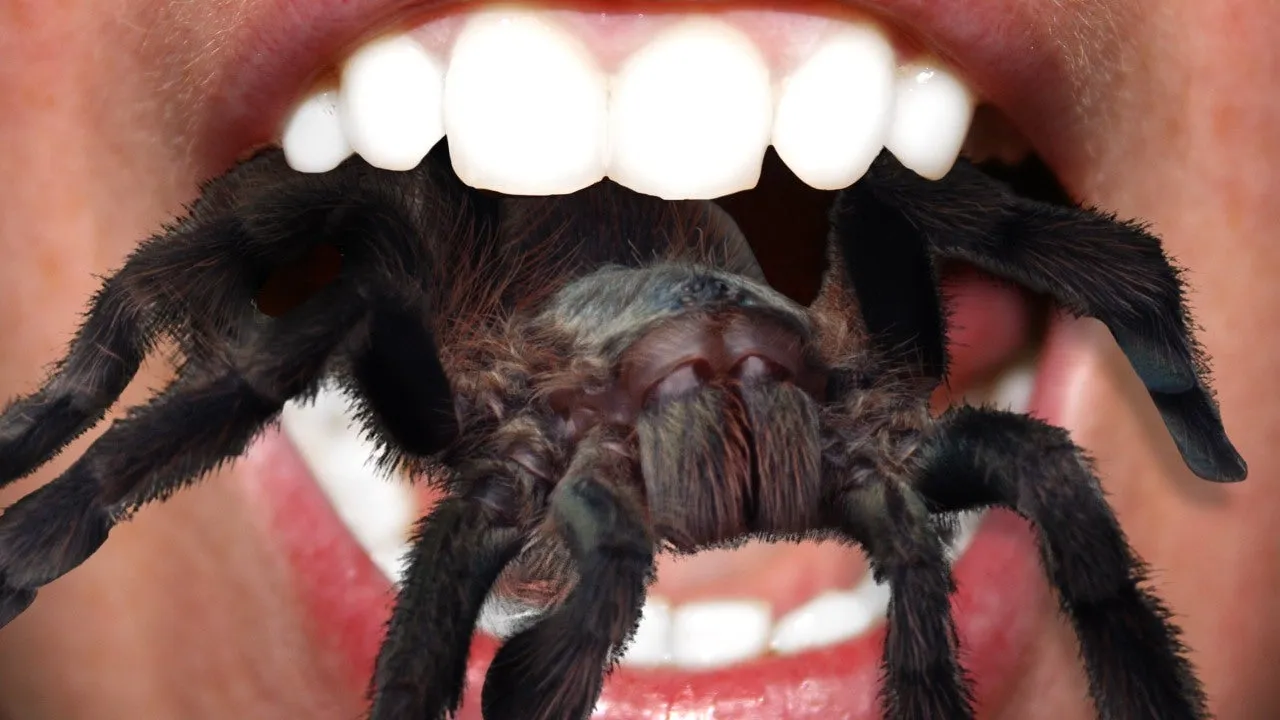
Tarantulas are opportunistic eaters, and their insect preferences are quite broad. Commonly, tarantulas consume crickets, which are widely available and easily digestible. Mealworms are another staple, often fed to captive tarantulas due to their availability. Roaches, such as Dubia roaches, offer a high nutritional value and are favored by many tarantula keepers. Other insects like grasshoppers, caterpillars, and beetles may also be included in their diet, depending on the tarantula’s geographic location and the season. The key is to provide a variety of insects to ensure a balanced intake of nutrients. Always ensure the insects are free from pesticides and are healthy, as a tarantula’s health is directly impacted by the quality of its food. The size of the insects offered should also be appropriate for the tarantula’s size; a good rule of thumb is to offer prey no larger than the tarantula’s body length.
Why Insects are Ideal for Tarantulas
Insects are an ideal food source for tarantulas due to their high protein content, which is critical for the growth and molting processes. The chitin in insects provides fiber, aiding in digestion and overall gut health. Insects are also relatively easy for tarantulas to catch and consume, given their generally slower movement compared to larger prey. Insects can be easily bred and raised, especially in captivity, making them a sustainable food option for pet tarantulas. Furthermore, insects can be gut-loaded with nutritious food before being fed to the tarantula. This process involves feeding the insects with vitamin-rich foods, thereby enhancing the nutritional value passed on to the tarantula. Insects offer a convenient, nutritious, and easily accessible food source that perfectly aligns with the tarantula’s predatory lifestyle and dietary needs.
Other Invertebrates Tarantulas Prey On
While insects are the primary food source, tarantulas are also known to consume other invertebrates, expanding their dietary range. This diversification often occurs in the wild, providing a varied diet based on what is available. In captivity, this can be replicated with careful consideration. This includes spiders, other arachnids, and sometimes even worms. This varied consumption is important for balancing the nutritional intake and can promote a more well-rounded health profile for the tarantula. The types of invertebrates consumed may vary depending on the tarantula’s size, habitat, and individual preferences. This flexibility in diet highlights the adaptability of tarantulas to their environment and available food sources.
The Role of Spiders in a Tarantula’s Diet
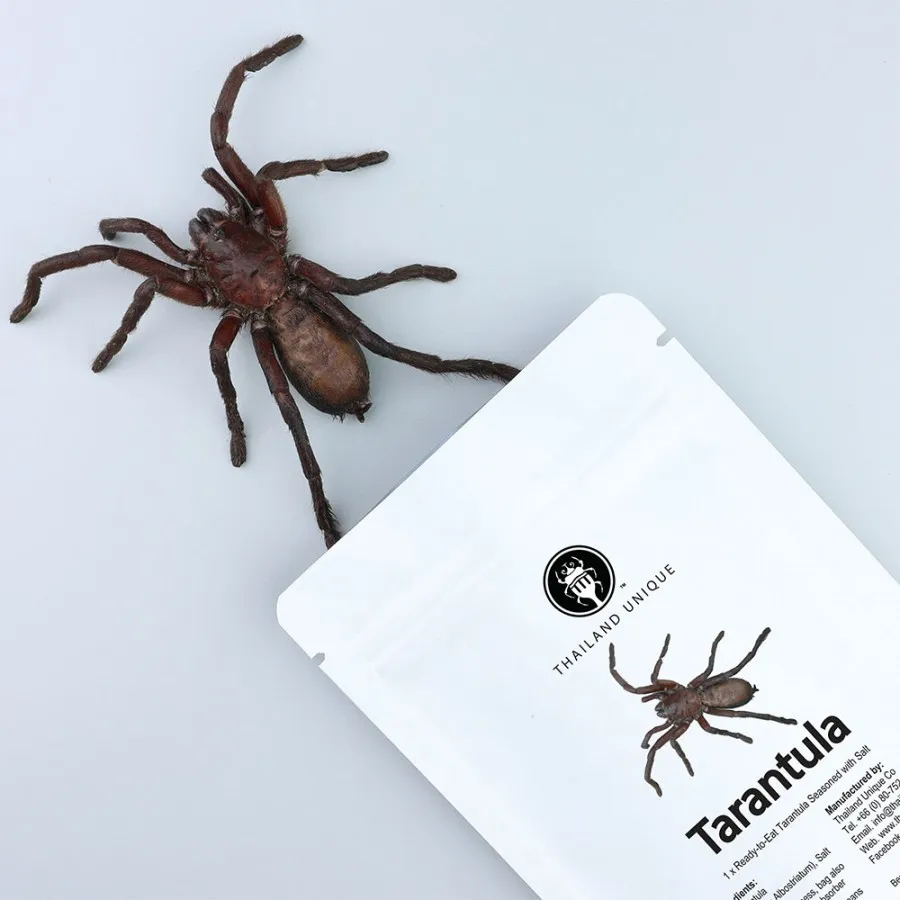
Spiders, including smaller spider species, can be an occasional part of a tarantula’s diet, particularly in the wild. This is more prevalent in habitats where spiders are abundant and easily accessible. Consuming other spiders can be a strategic move by tarantulas, adding diversity to their diet and providing essential nutrients not always present in insects. Tarantulas do not generally seek out other spiders as a primary food source, but will readily consume them if encountered. This behavior is a reflection of the tarantula’s opportunistic hunting strategy, focusing on available prey. The consumption of spiders underscores the versatile nature of tarantulas, enabling them to adapt and thrive in diverse environments.
Additional Food Sources
In addition to insects and other invertebrates, tarantulas have been known to consume a few other food sources. This is particularly true for larger species, or under specific environmental conditions where resources are limited. This can include small vertebrates, which can provide essential nutrients and add variety to their diet. Such additional sources often contribute to the tarantula’s survival and health, especially when insect availability is limited. This flexibility also showcases the adaptable nature of tarantulas, helping them thrive in diverse and changing environments. Understanding these additional food sources can provide a more comprehensive view of a tarantula’s dietary requirements.
Small Vertebrates in a Tarantula’s Diet
Larger tarantula species have been observed to occasionally prey on small vertebrates like lizards, mice, and even small birds. This behavior is less common than insect consumption, but still contributes to their overall nutrition, particularly in terms of protein and other essential nutrients. Small vertebrates are usually targeted opportunistically, when the opportunity arises. For captive tarantulas, feeding them small vertebrates is generally discouraged unless under very specific circumstances, as it can pose health risks, such as potential parasites or bacterial infections. It is essential to carefully consider the risks and benefits before including small vertebrates in a tarantula’s diet, and prioritize insect-based nutrition for optimal health.
How Diet Varies by Species
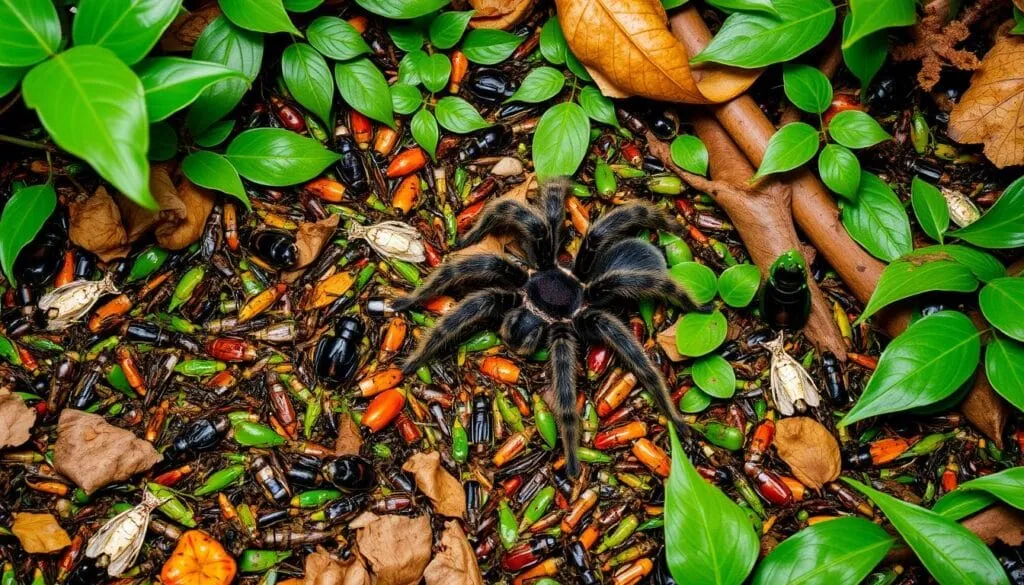
The dietary preferences and requirements of tarantulas can vary significantly across different species. Factors such as size, habitat, and the tarantula’s natural environment play a crucial role in determining what a particular species will eat. Larger species might consume larger prey, including small vertebrates, while smaller species may focus primarily on insects. Some species might have specific preferences based on their geographical location and the availability of food sources in their habitat. Understanding these dietary variations is crucial for providing appropriate care and ensuring the health and well-being of captive tarantulas. This also ensures that the nutritional needs of each tarantula are properly met, providing them with the required building blocks for proper growth and development.
Dietary Preferences of Different Tarantula Species
Different tarantula species demonstrate distinct dietary preferences influenced by their size, natural habitat, and specific physiological needs. For instance, larger species, such as the Goliath Birdeater, might include small vertebrates like mice or lizards in their diet, while smaller species might thrive primarily on a diet of crickets and mealworms. Arboreal tarantulas, which live in trees, might have different prey preferences compared to terrestrial species that live on the ground. The dietary preferences are often linked to the availability of prey within their native environment. Some species may be more inclined to hunt specific types of insects, while others are opportunistic feeders consuming whatever is accessible. Careful study of a species’ natural feeding habits informs the proper diet for captive care, helping to replicate conditions as closely as possible.
Feeding Frequency and Adjustments
Feeding frequency is another critical aspect of tarantula care that is subject to variation among species and based on their life stage. Younger tarantulas typically require more frequent feedings to support their rapid growth, whereas adult tarantulas may need to eat less often. The feeding frequency also needs to be adjusted according to the tarantula’s molting cycle, as tarantulas often refuse food before molting. Overfeeding can lead to health problems and obesity, so it is important to observe the tarantula’s behavior and adjust the feeding schedule accordingly. The environmental conditions also play a role, such as temperature and humidity. Understanding these variations is key to providing optimal care and ensuring the health and longevity of your tarantula.
Impact of Diet on Tarantula Health
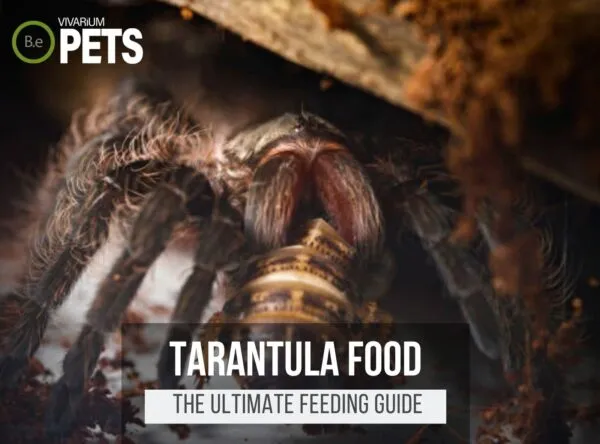
A well-balanced diet is foundational to a tarantula’s overall health and well-being, influencing its growth, molting, and longevity. The food a tarantula consumes directly impacts its nutritional intake, with protein being essential for growth, carbohydrates for energy, and vitamins and minerals for various bodily functions. A poor diet can lead to a range of health issues, including malnutrition, stunted growth, and difficulties during molting. The absence of essential nutrients can also weaken the tarantula’s immune system, making it more vulnerable to diseases. Therefore, providing a diet that meets the tarantula’s specific nutritional needs is a key factor in ensuring it lives a long and healthy life. Understanding the impact of diet on a tarantula’s health enables owners to provide the necessary food and care for their tarantulas.
Nutritional Needs of Tarantulas
Tarantulas have several key nutritional needs that must be met to ensure their optimal health. Protein is perhaps the most vital, supporting growth, repair of tissues, and the molting process. Carbohydrates provide energy, while fats contribute to energy storage and the absorption of fat-soluble vitamins. Vitamins and minerals are also essential, playing various roles in metabolism, immune function, and other physiological processes. The specific nutritional requirements can vary based on the tarantula’s species, size, and life stage. Captive tarantulas benefit from a diet that includes a variety of insects, supplemented with vitamins and minerals, where necessary. Providing a balanced diet that addresses these nutritional needs is crucial for the tarantula’s overall health, development, and long-term well-being.
Signs of a Healthy Tarantula
Observing a tarantula for signs of good health is a vital part of their care. A healthy tarantula typically has a plump abdomen, indicating that it is well-nourished. The spider’s exoskeleton should be intact and free from any signs of damage or injury. A healthy tarantula will also exhibit normal behaviors, such as active hunting and feeding. Furthermore, a healthy tarantula should molt regularly and successfully. Observing the molting process can provide clues about the tarantula’s health. Any unusual signs, such as loss of appetite, lethargy, or difficulty molting, could indicate an underlying health problem. Regular monitoring and understanding these signs will enable you to provide adequate care and address any issues promptly, contributing to the tarantula’s overall well-being and a longer, healthier life.
